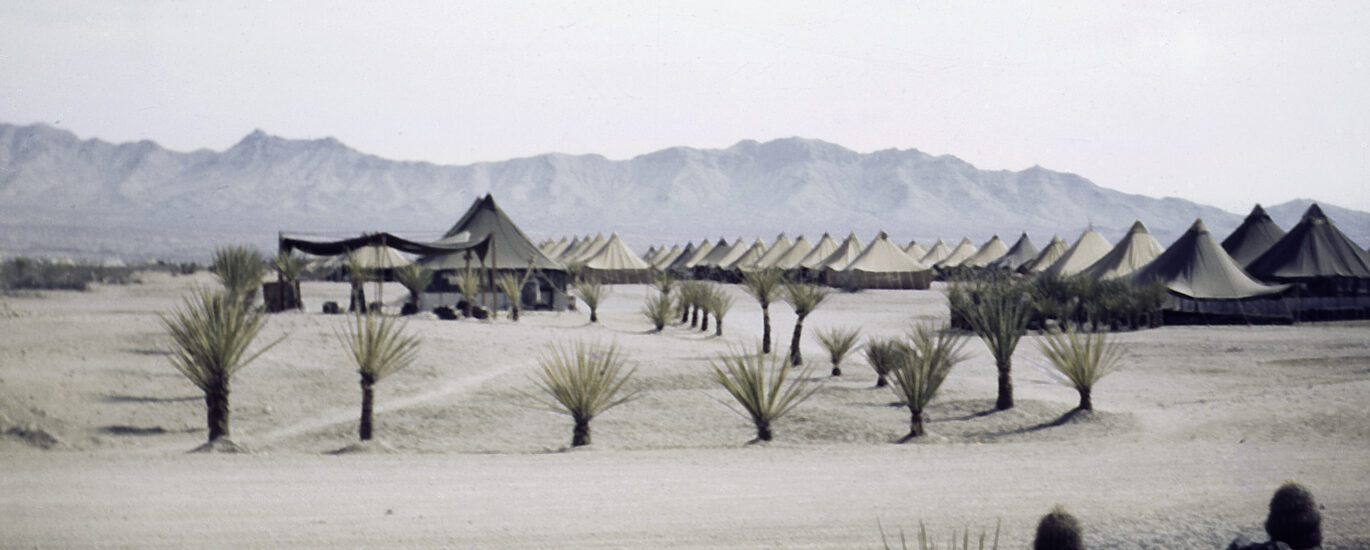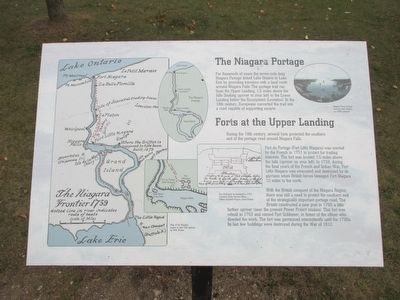Welcome to Camp Ibis, a place steeped in military history and nestled within the rugged landscape of the Mojave Desert, 21 miles northwest of Needles, California. As you stand here, imagine the vast stretches of desert and the relentless sun that greeted the soldiers who trained at this very site during World War II. Camp Ibis was part of the Desert Training Center, a massive military training area established under the command of General George S. Patton Jr. in 1942.
General Patton, renowned for his leadership and strategic prowess, was tasked with preparing American troops for the harsh conditions of desert warfare. After surveying the arid lands of California and Arizona, he identified this region as the perfect training ground for operations in North Africa. The camp officially began construction in the winter of 1942 and was completed by March 1943.
Imagine the scene during the early 1940s: disciplined soldiers marching in formation, the roar of tanks practicing maneuvers, and the crackle of gunfire during live ammunition exercises. These were the sounds of preparation, as soldiers honed their skills for the challenges they would face overseas. Camp Ibis, along with other camps in the Desert Training Center, played a crucial role in this effort. Troops trained here were part of a larger mission to ready nearly one million soldiers for combat.
In 1943, as the tides of war shifted and the focus turned to Europe, the Desert Training Center was renamed the California-Arizona Maneuver Area. The emphasis moved from desert warfare to preparing troops for the European theater, simulating conditions they might encounter in battles to come. By March 1944, the area was declared surplus, marking the end of its active military use.
However, the legacy of Camp Ibis continued. The land, now managed by the Bureau of Land Management, remains a testament to its historical significance. The area is still under careful watch due to its past as a military training site. Visitors today are reminded to follow the 3Rs of Explosives Safety: Recognize, Retreat, and Report if they encounter any unexploded ordnance.
Today, Camp Ibis serves as a reminder of a pivotal time in American history. Its vast, open spaces and the enduring echoes of its past make it a place of reflection. As you explore this remote location, consider the stories it holds and the soldiers who once called it a temporary home.
From its critical role in World War II to its present status as a historical site, Camp Ibis offers a unique glimpse into the past, where the drive and determination of a generation were forged in the desert’s unforgiving heat.



